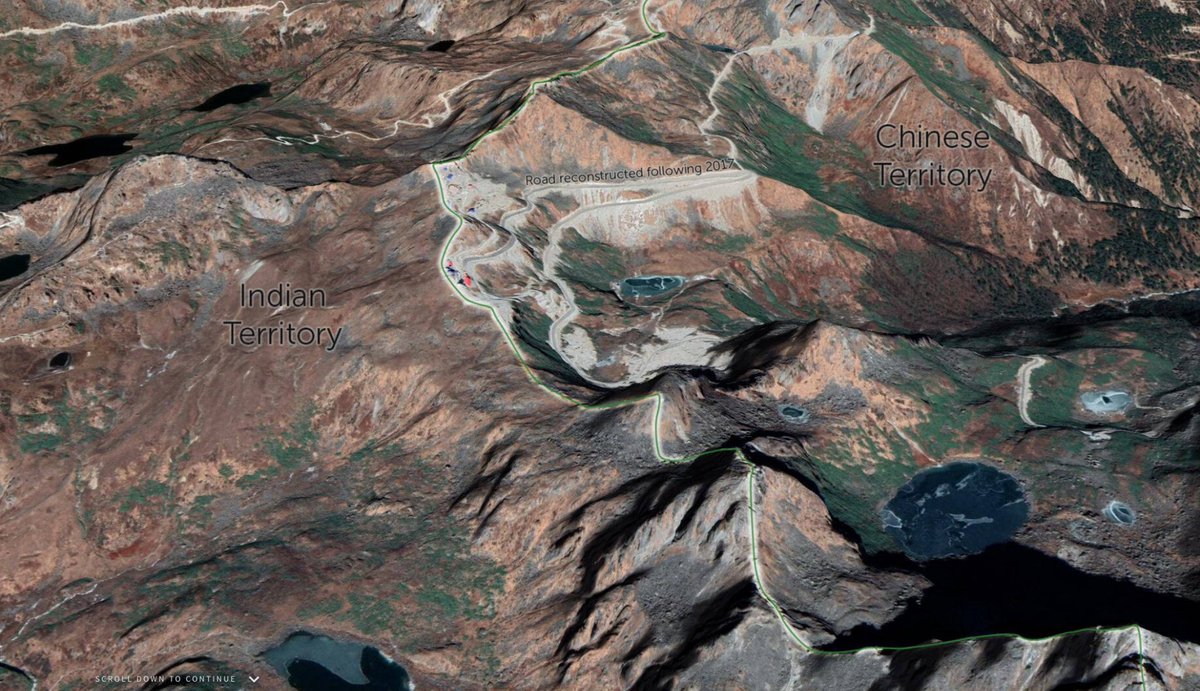Session 5 of #ASPIConference2021 has started!
'Military capability: Choices and Dilemmas' features @HLCAusArmy, Air Commodore Philip Gordon, Rear Admiral Peter Quinn & @Marcus_ASPI. The panel will explore the strategic challenges & decisions required by the ADF
'Military capability: Choices and Dilemmas' features @HLCAusArmy, Air Commodore Philip Gordon, Rear Admiral Peter Quinn & @Marcus_ASPI. The panel will explore the strategic challenges & decisions required by the ADF

Rear Admiral Peter Quinn notes that that the navy is ‘15,499 larger than we have been for 15 years.' The Navy is on track to be a force that we need to build our future fleet
Rear Admiral Peter Quinn comments that the key aim is to achieve a high level of interoperability across the forces and also with Australia’s key ally the United States 🇺🇸
RADM Quinn remarks that combat ships and helicopters are being incrementally evolved to meet the demands of a more contested, congested and competitive capability landscape. Maritime forces are increasingly multi-capable and sustainable 

Reflecting on the strategic landscape @HLCAusArmy says ‘we need to be able to think, act, and learn across the five domains. Put simply, your Army needs to be able to do more things, in more places, more of the time’ 

.@HLCAusArmy outlines Army's modernisation transformation efforts:
1⃣ The realisation of a credible combined arms fighting system that is integrated to support & be supported by the joint force
2⃣ Enhance contribution to the efforts of the joint force
3⃣ The capacity to scale
1⃣ The realisation of a credible combined arms fighting system that is integrated to support & be supported by the joint force
2⃣ Enhance contribution to the efforts of the joint force
3⃣ The capacity to scale

Air Commodore Philip Gordon remarks ‘there is only one thing that is certain, if we stick to the status quo we will fail. Air Force knows this’ and is questioning what they need to change to meet Australia's current and future capability needs
Air Commodore Philip Gordon comments that the sophistication of future and joint force drives thought progress, 'It’s not about Air, Army and Navy, it’s about joint capability... It's not about interoperability, it's about integration.’
When asked how to prioritise resources, Rear Admiral Peter Quinn comments on the capacity of the workforce to take on new, ambitious industry programs. The challenge at the moment is that the Navy is starting so many new initiatives 

RADM Quinn notes that 'We [the three services] work together as an integrated team to deliver across the five domains... By taking a combined approach, we are able to create innovative solutions to deliver more efficiently than previous traditional processes'
That's the end of Session 5: 'Military capability: Choices and Dilemmas'
@Marcus_ASPI was joined by @HLCAusArmy, Air Commodore Philip Gordon & Rear Admiral Peter Quinn during #ASPIConference2021 to discuss 🇦🇺's current strategic military environment
@Marcus_ASPI was joined by @HLCAusArmy, Air Commodore Philip Gordon & Rear Admiral Peter Quinn during #ASPIConference2021 to discuss 🇦🇺's current strategic military environment

• • •
Missing some Tweet in this thread? You can try to
force a refresh









